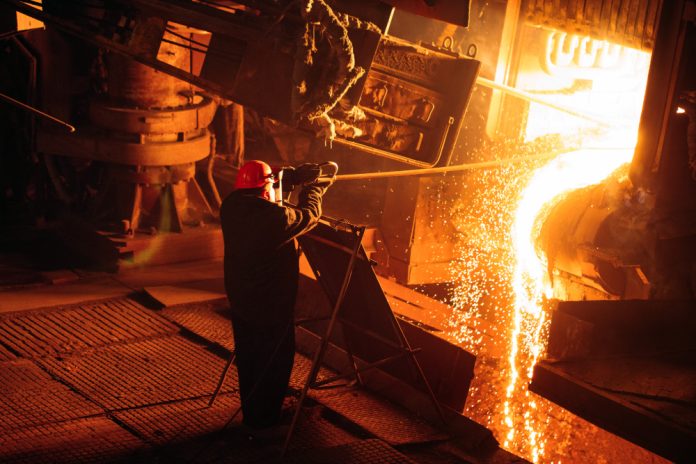As the global economy shifts towards cleaner energy and advanced technologies, critical minerals—like lithium, cobalt, nickel, graphite, and rare earth elements—have emerged as the new oil. These materials are essential for electric vehicles, solar panels, wind turbines, and advanced electronics. However, India finds itself on the wrong side of this mineral equation—high on demand, low on supply.
With increasing geopolitical tensions and reliance on imports from limited sources, India’s critical mineral shortage is a national vulnerability. Mining companies are now being called upon to not only increase exploration and extraction efforts but also develop resilient, localized, and tech-enabled supply chains. And industry bodies like FIMI and CII are actively driving these efforts.
The Scope of the Shortage: What’s at Stake?
India imports nearly 100% of its lithium, 85% of cobalt, and a significant portion of rare earth elements (REEs)—a stark contrast to its ambitions of becoming a leader in electric mobility and renewable energy. Without a reliable domestic supply of these critical minerals, progress in sectors like battery storage, clean energy, and semiconductor manufacturing will remain constrained.
Compounding the issue is the fact that global supplies are concentrated in a few countries. China controls over 60% of REE production, and lithium exports are heavily dependent on Australia, Chile, and Argentina. This over-reliance poses risks not just in terms of availability, but also price volatility and geopolitical leverage.
India’s Policy Response: Building a Strategic Roadmap
In recent years, the Indian government has taken proactive steps to secure its critical mineral future:
- Launching the Khanij Bidesh India Ltd. (KABIL), a joint venture aimed at acquiring mineral assets overseas in partner countries like Australia and South America.
- Formulating the Critical Minerals List, identifying 30+ minerals of strategic importance.
- Fast-tracking clearances for critical mineral exploration under the National Mineral Exploration Trust (NMET).
- Developing the PLI (Production Linked Incentive) scheme for advanced battery manufacturing, which indirectly fuels upstream mineral demand.
FIMI has played a key advisory role in shaping these frameworks, advocating for investment-friendly regulations, streamlined exploration approvals, and tax incentives for companies focusing on strategic minerals.
How Mining Companies Are Responding
Mining firms—both public sector giants and private explorers—are stepping up with forward-looking strategies:
- Joint Ventures and Acquisitions: Indian companies are entering into agreements with foreign firms for tech collaboration and asset acquisition.
- Domestic Exploration Initiatives: Several states have initiated aerial surveys, satellite imaging, and geochemical mapping to discover lithium and REE deposits.
- Vertical Integration: Firms are looking to control not just the mine, but also the processing and refining stages, ensuring end-to-end supply chain ownership.
- Sustainability and ESG Integration: Given the environmental concerns associated with critical mineral mining, companies are focusing on low-impact extraction technologies, water recycling, and community inclusion.
CII’s Role: Mobilizing Stakeholders and Infrastructure
The CII Mining & Metals Committee has been instrumental in bringing together government, industry, and academia. Through roundtables, reports, and investment summits, CII promotes:
- Greater public-private collaboration in exploration and mineral processing
- Technology partnerships with global innovators in mineral detection and refinement
- Infrastructure development around mineral-rich regions—roads, rail, and logistics hubs
CII has also emphasized the need for a national critical minerals strategy, integrated with industrial policy, energy goals, and defense planning.
Conclusion
India’s future competitiveness in clean energy, manufacturing, and defense depends heavily on how it secures and manages its critical mineral supply chains. While the current gap is undeniable, the trajectory is promising.
With proactive policy interventions, robust industry advocacy from FIMI and CII, and a new generation of tech-driven mining firms, India can move from vulnerability to strategic autonomy. The road ahead will require not just mineral access—but innovation, diplomacy, and sustainable practices at scale.
As the world transitions to a mineral-based energy future, India has a rare opportunity—to not just keep up, but to lead.












